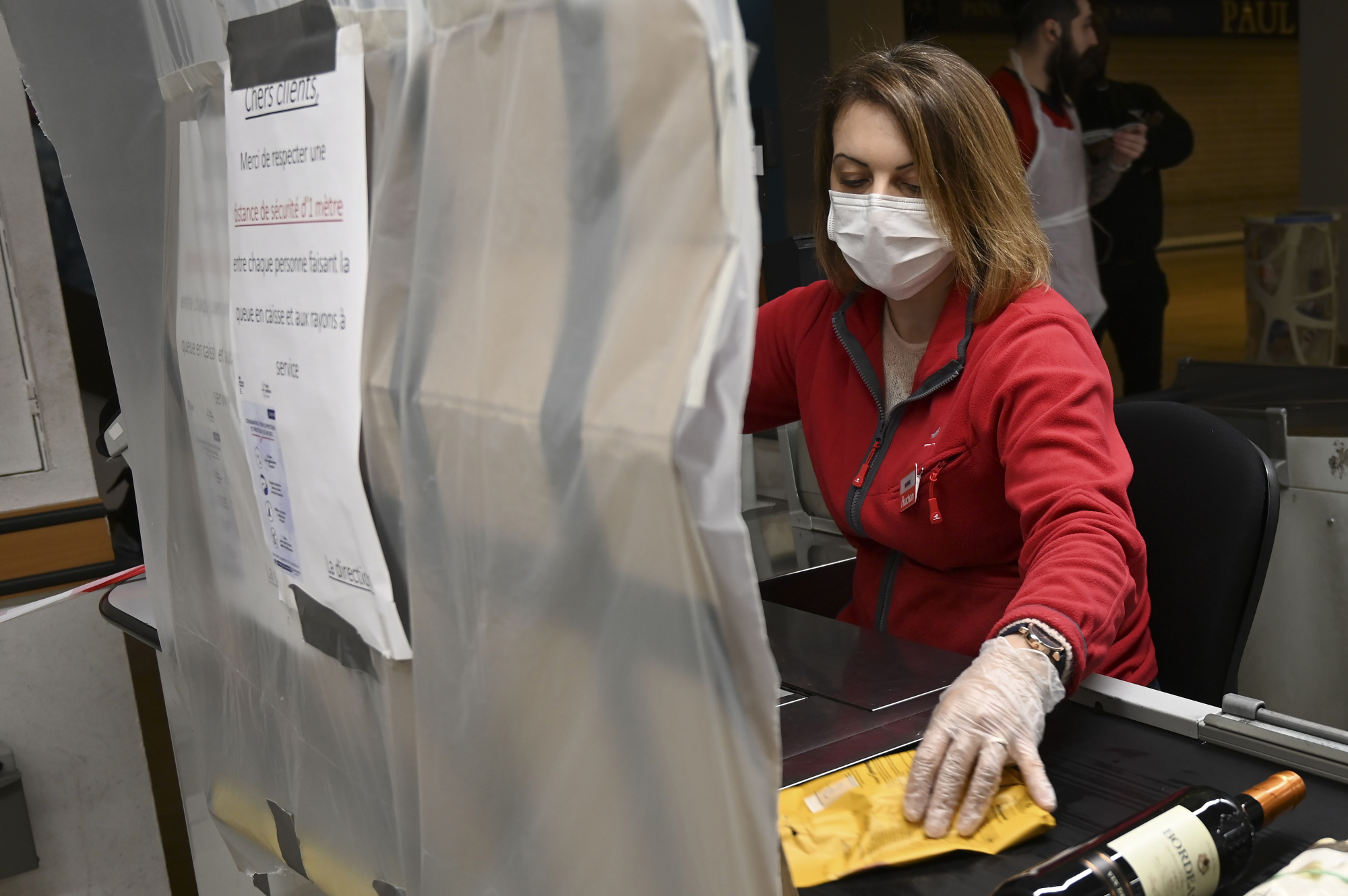Global warehouses are stuffed with frozen cuts of pork, wheels of cheese and bags of rice. But as the coronavirus snarls logistical operations, the question becomes: How does all that food actually get to people?
Despite the inventories, grocery stores are looking almost apocalyptic with aisles of empty shelves. Panic-buying has made it nearly impossible for retailers and suppliers to keep up with the unprecedented spike in demand. In just one example of the constraints, there is a finite number of trucks that can load up at warehouses to bring in the chicken, ice cream or toilet paper that people want to buy.
There are limits on how much time can be spent stocking shelves or filling rail cars. And there is this weird knock-on from the outbreak in China: Fewer goods were shipped out of Asia last month, and now there aren't enough empty containers in countries such as Canada to send peas out to the world.



















With your current subscription plan you can comment on stories. However, before writing your first comment, please create a display name in the Profile section of your subscriber account page.